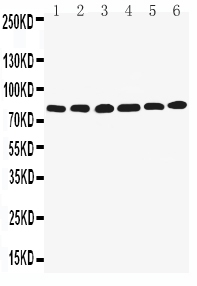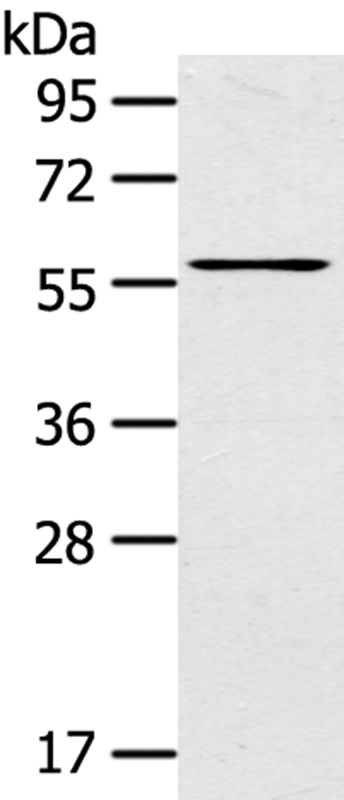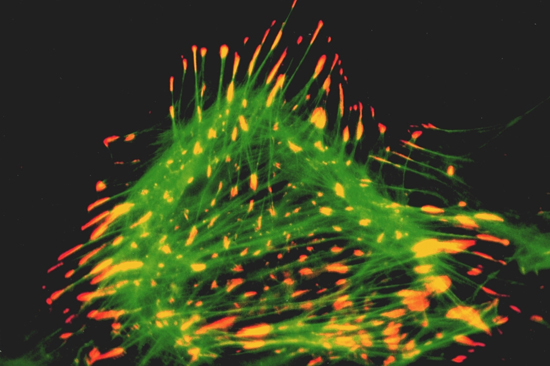
WB analysis of various samples using GTX12294 LPP antibody. Lane 1 : SMMC cell lysate Lane 2 : HeLa cell lysate Lane 3 : SW620 cell lysate Lane 4 : A549 cell lysate Lane 5 : SKOV cell lysate Lane 6 : MCF-7 cell lysate
LPP antibody
GTX12294
ApplicationsWestern Blot
Product group Antibodies
TargetLPP
Overview
- SupplierGeneTex
- Product NameLPP antibody
- Delivery Days Customer9
- Application Supplier NoteWB: 0.1-0.5microg/ml. *Optimal dilutions/concentrations should be determined by the researcher.Not tested in other applications.
- ApplicationsWestern Blot
- CertificationResearch Use Only
- ClonalityPolyclonal
- Concentration500 ug/ml
- ConjugateUnconjugated
- Gene ID4026
- Target nameLPP
- Target descriptionLIM domain containing preferred translocation partner in lipoma
- Target synonymslipoma-preferred partner, LIM protein, lipoma preferred partner
- HostRabbit
- IsotypeIgG
- Protein IDQ93052
- Protein NameLipoma-preferred partner
- Scientific DescriptionThis gene encodes a member of a subfamily of LIM domain proteins that are characterized by an N-terminal proline-rich region and three C-terminal LIM domains. The encoded protein localizes to the cell periphery in focal adhesions and may be involved in cell-cell adhesion and cell motility. This protein also shuttles through the nucleus and may function as a transcriptional co-activator. This gene is located at the junction of certain disease-related chromosomal translocations, which result in the expression of chimeric proteins that may promote tumor growth. Alternative splicing results in multiple transcript variants. [provided by RefSeq, Jul 2014]
- Storage Instruction-20°C or -80°C,2°C to 8°C
- UNSPSC12352203







![ICC/IF analysis of HeLa cells using GTX83092 LPP antibody [8B3A11]. Green : LPP Blue: DRAQ5 fluorescent DNA dye Red: Actin filaments](https://www.genetex.com/upload/website/prouct_img/normal/GTX83092/GTX83092_20170912_ICCIF_1_w_23061322_936.webp)

